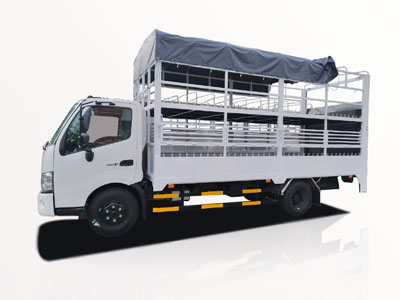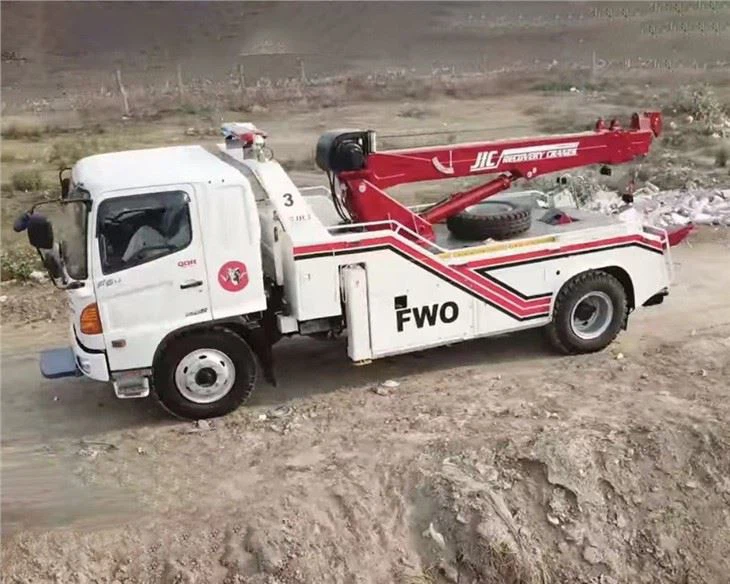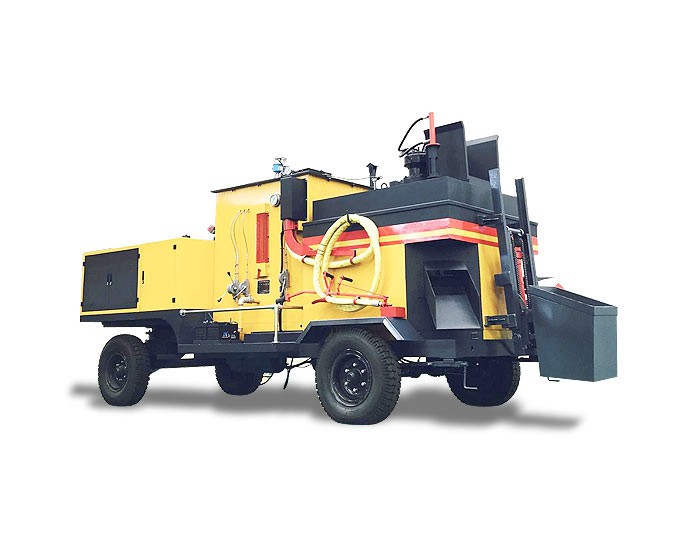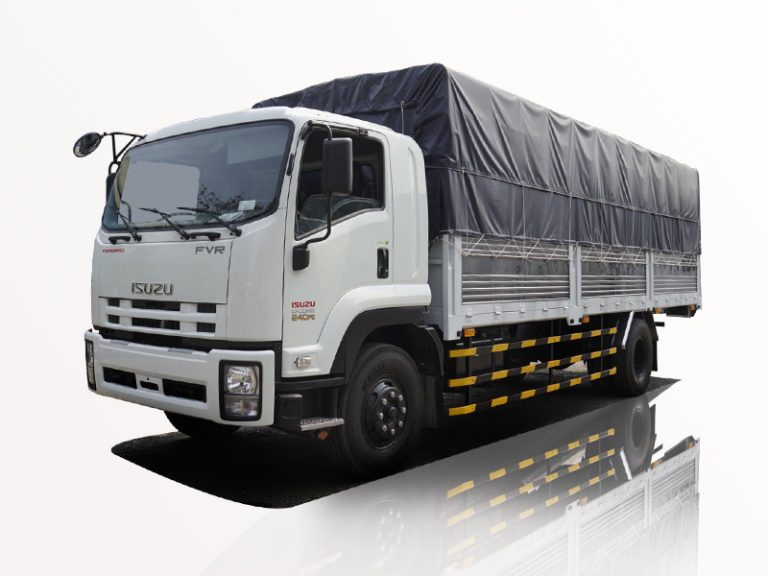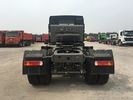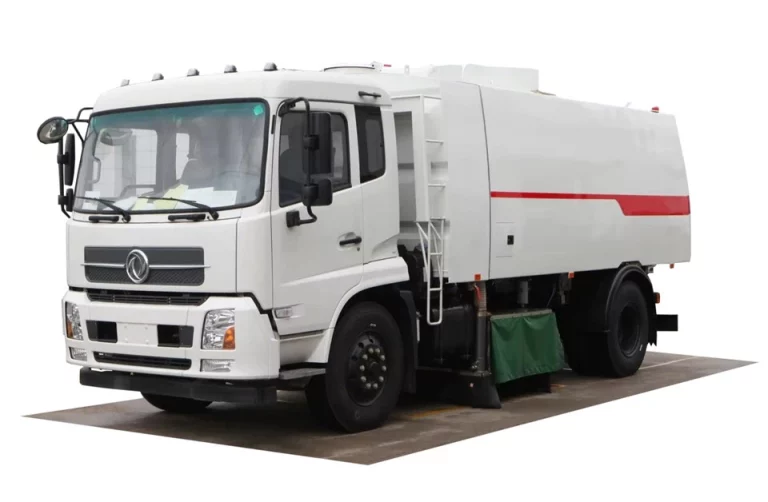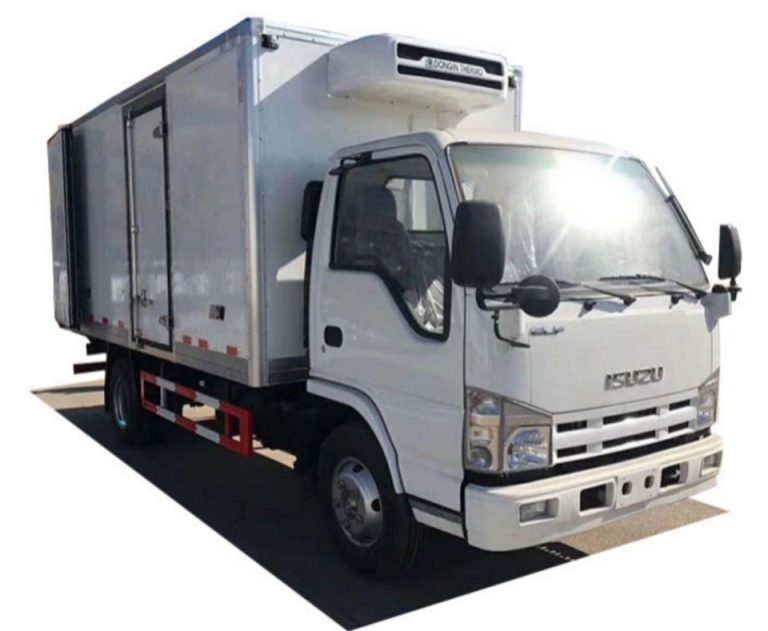The knuckle boom grapple truck is an indispensable tool in various industries, including waste management, landscaping, and construction. Its unique design allows for superior mobility and versatility when handling heavy or awkward loads. This article explores the features, benefits, applications, and maintenance of knuckle boom grapple trucks, providing you with everything you need to know for effective operations.
What is a Knuckle Boom Grapple Truck?
A knuckle boom grapple truck is a specialized vehicle equipped with a knuckle boom crane and a grapple attachment. The knuckle boom allows for flexible movement and precise positioning, making it ideal for loading and unloading materials such as logs, waste, or construction debris.
Components of a Knuckle Boom Grapple Truck
- Chassis: The truck’s chassis provides the base and supports the weight of the crane and attached loads.
- Knuckle Boom Crane: This is the main lifting arm that can articulate (bend) like a person’s arm at the elbow, enabling it to reach into tight spaces.
- Grapple Attachment: The grapple is similar to a claw and is used to grasp various materials securely.
- Hydraulic System: This system powers the movements of the crane and grapple, allowing for precise control.
- Operator Controls: Controls are used by the operator to maneuver the truck’s movements and handle the grapple efficiently.
Benefits of Using a Knuckle Boom Grapple Truck
Knuckle boom grapple trucks offer several advantages for different operations.
1. Versatility
These trucks can handle various types of materials, including logs, construction debris, and waste, making them suitable for multiple tasks.
2. Efficiency
With their ability to quickly pick up and transport heavy loads, knuckle boom grapple trucks significantly reduce the time spent on manual labor and repetitive tasks.
3. Accessibility
The flexibility of the knuckle boom crane allows it to operate in tight spaces where traditional boom trucks cannot reach, making it an excellent choice for urban environments and job sites with limited accessibility.
4. Operator Safety
Using a knuckle boom grapple truck minimizes the need for workers to manually lift heavy materials, thereby reducing the risk of workplace injuries.
Applications of Knuckle Boom Grapple Trucks
Knuckle boom grapple trucks are widely used in several industries. Below are some primary applications where these trucks excel:
1. Waste Management
In the waste management sector, these trucks are utilized for collecting and transporting bulk waste, making the process efficient and effective.
2. Forestry and Logging
In forestry, knuckle boom grapple trucks are employed to load and unload logs with precision, streamlining logging operations.
3. Landscaping
In landscaping, these trucks assist in moving heavy materials such as soil, stone, and large plants quickly and with minimal effort.
4. Construction
In construction, they play a crucial role in handling material such as steel beams, concrete blocks, and construction debris.
5. Recycling
Knuckle boom grapple trucks are also used in recycling plants for sorting and transporting recyclable materials effectively.
Choosing the Right Knuckle Boom Grapple Truck
Selecting the appropriate knuckle boom grapple truck for your operations involves considering several factors.
1. Load Capacity
Evaluate the maximum load capacity required for your projects. Different models have varying capacities, so choose one that meets or exceeds your needs.
2. Boom Length
The length of the knuckle boom can affect how far the truck can reach. Choose a model that offers the necessary reach for your specific applications.
3. Grapple Type
There are different types of grapples designed for specific tasks. Consider whether you need a standard grapple, a trash grapple, or a specialized attachment for your operations.
4. Hydraulic Power
Check the hydraulic system’s power, which indicates how efficiently the truck can lift and move heavy loads. Strong hydraulic power translates to better performance.
5. Operator Comfort
Ensure the truck has an ergonomic design that provides comfort to operators, as they may spend long hours working with the vehicle.
Operating a Knuckle Boom Grapple Truck: Best Practices
To maximize the efficacy and safety of a knuckle boom grapple truck, consider these best practices:
1. Pre-Operational Checks
Before starting, conduct a thorough inspection of the truck, including hydraulic systems, brakes, and the grapple itself to ensure everything is in working order.
2. Follow Safety Protocols
Always adhere to local safety regulations, wear appropriate personal protective equipment (PPE), and make sure all operators are trained and certified.
3. Load Distribution
Ensure loads are evenly distributed in the grapple to prevent tipping or losing control of the load during transport.
4. Communication
Use hand signals or radios to communicate with crew members, especially when picking up or setting down loads in busy areas.
5. Continuous Training
Regularly train operators to maintain their skills and keep up with best practices in operating third-party equipment and applications.
Maintenance of Knuckle Boom Grapple Trucks
Regular maintenance is crucial for ensuring longevity and reliability.
1. Daily Inspection
Check for any leaks, abnormal noises, or wear on components. Early detection of issues can prevent costly repairs.
2. Hydraulic System Maintenance
Regularly check and top off hydraulic fluid levels. Clean or replace filters as recommended by the manufacturer.
3. Boom and Grapple Care
Clean the boom and grapple regularly to remove debris that could cause wear. Lubricate all pivot points and moving parts as per the maintenance schedule.
4. Tire and Chassis Maintenance
Inspect the truck’s tires for wear, and maintain proper tire pressure. Ensure the chassis framework remains free of rust and structural damage.
5. Professional Servicing
Schedule regular service appointments with a certified technician who understands the complexities of knuckle boom grapple trucks.
Common Challenges with Knuckle Boom Grapple Trucks
Despite their advantages, knuckle boom grapple trucks can pose certain challenges that operators must navigate.
1. Maneuverability in Tight Spaces
While knuckle booms are designed for flexibility, navigating very tight job sites can still be challenging. Invest in training for operators to enhance their spatial awareness and precision.
2. Weather Conditions
Operating in adverse weather, such as heavy rain or snow, can impact performance. Use appropriate procedures and equipment for inclement weather conditions, prioritizing safety above productivity.
3. Wear and Tear
Frequent use can lead to rapid wear on components. Establish a preventive maintenance schedule to address issues before they escalate.
Frequently Asked Questions (FAQ)
1. What is the average cost of a knuckle boom grapple truck?
The price can vary widely based on brand, capacity, and features but typically falls between $100,000 and $300,000.
2. How do I know if I need a knuckle boom grapple truck?
If your operations require lifting and transporting heavy or bulky materials consistently, a knuckle boom grapple truck can improve efficiency.
3. What are the maintenance costs associated with knuckle boom grapple trucks?
Maintenance costs can vary, but budgeting around 5–10% of the truck’s value annually for maintenance is a good rule of thumb.
4. Can a knuckle boom grapple truck handle different types of materials?
Yes, these trucks can be equipped with different attachment types to efficiently handle various loads, including logs, construction debris, and waste materials.
5. How often should I conduct inspections on my knuckle boom grapple truck?
Daily inspections of critical components are recommended, along with a more comprehensive check at regular intervals, such as monthly or quarterly.
6. Is operator training necessary for using a knuckle boom grapple truck?
Yes, training is essential for safety, efficiency, and to ensure compliance with regulations when operating this equipment.
